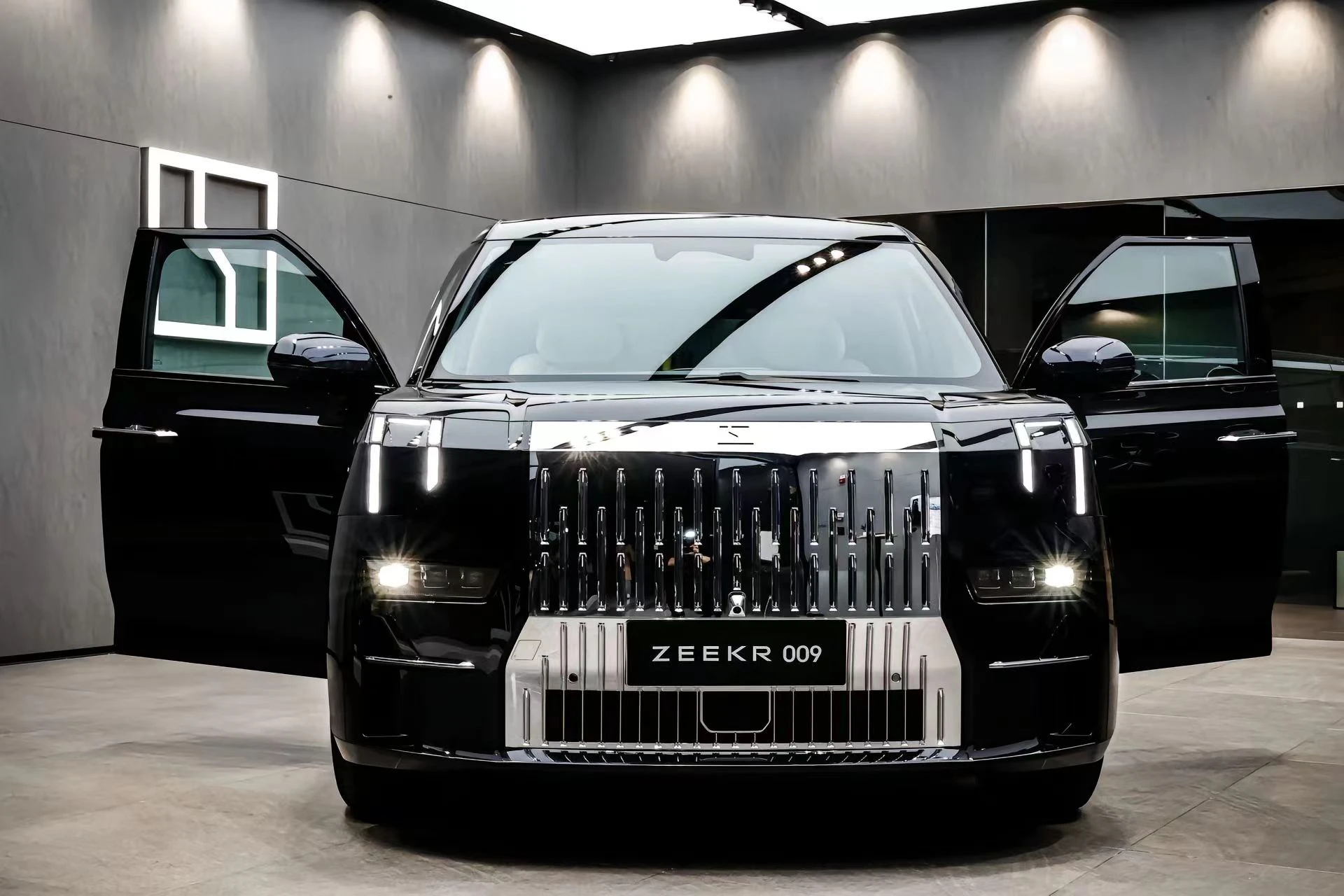light duty vs medium duty truck
Light Duty vs. Medium Duty Trucks Understanding the Differences
When it comes to the world of trucks, two categories often arise light duty and medium duty. While both play crucial roles in transportation and logistics, they cater to different needs and functionalities. Understanding the differences between light duty and medium duty trucks is essential for businesses and individuals looking to choose the right vehicle for their requirements.
Light Duty Trucks
Light duty trucks are typically classified as vehicles that have a Gross Vehicle Weight Rating (GVWR) of up to 8,500 pounds. They include popular models like the Ford F-150, Chevrolet Silverado 1500, and Ram 1500. These trucks are designed primarily for personal use as well as light commercial applications. They are favored for their versatility, fuel efficiency, and ease of maneuverability, especially in urban settings.
One of the standout features of light duty trucks is their variety in body styles and configurations. From traditional pickups to crew cabs, there’s a model for practically every lifestyle. These trucks boast comfortable interiors equipped with modern technology, making them suitable for both work and leisure activities. With adequate towing capacities ranging from 5,000 to 13,000 pounds, they can handle everyday tasks such as towing a trailer or transporting goods for small businesses.
Fuel efficiency is another advantage of light duty trucks. Equipped with smaller, more efficient engines compared to their heavier counterparts, they generally offer better mileage, which can significantly reduce operating costs. Additionally, the lighter weight of these trucks often allows them to navigate tight spaces with ease, making them ideal for urban driving conditions.
Medium Duty Trucks
In contrast, medium duty trucks are designed for heavier applications and have a GVWR that ranges from 8,501 to 26,000 pounds. Models such as the Freightliner M2, Isuzu NPR, and Ford F-650 fall into this category. Medium duty trucks are primarily used in commercial settings, including delivery services, construction, and transportation of heavier freight.
light duty vs medium duty truck

The capabilities of medium duty trucks far exceed those of light duty vehicles. With larger engines and reinforced structures, they provide higher payload capacities, often capable of carrying over 10,000 pounds. This makes them suitable for transporting heavy equipment, large quantities of materials, or accommodating specialized cargo like refrigerated goods.
Moreover, medium duty trucks often feature a wider array of upfitting options to suit specific business needs, such as box trucks, flatbeds, and stake bodies. They are essential for industries that require substantial hauling capabilities, providing the necessary power and performance to handle demanding jobs.
Cost Implications
When selecting between light duty and medium duty trucks, cost is a primary consideration. Light duty trucks are generally more affordable both in terms of initial purchase price and long-term operating costs. They typically require less maintenance and can be more cost-effective regarding fuel expenses, making them a popular choice for personal users and small businesses.
Conversely, medium duty trucks come with higher upfront costs and more significant long-term investments due to their larger size and specialized equipment. However, for businesses that require heavy hauling and robust performance, the return on investment can be substantial, as these trucks can increase operational efficiency and productivity.
Conclusion
Choosing between light duty and medium duty trucks ultimately depends on the intended use and requirements of the user. Light duty trucks offer versatility, fuel efficiency, and comfort for everyday driving and lighter commercial tasks. Meanwhile, medium duty trucks provide the power, payload capacity, and durability necessary for heavier commercial applications. By understanding these differences, businesses and individuals can make informed decisions that cater to their specific transportation needs, ensuring they have the right tool for the job at hand. As trucking needs evolve, both light and medium duty trucks will continue to play vital roles in the logistics and transport sectors, meeting diverse demands across various industries.
-
SINOTRUK HOWO 84 Electric Dump Truck for Eco-Friendly Heavy HaulingNewsJul.26,2025
-
The Fast 16-Gear Manual Transmission Assembly for Heavy TrucksNewsJul.25,2025
-
Mercedes Benz Actros 1848 42 Tractor Truck for Sale - Reliable PerformanceNewsJul.24,2025
-
High-Quality Water Pump Assembly for Sinotruk Trucks – Durable & ReliableNewsJul.23,2025
-
Premium Truck Engine Antifreeze Coolant Fluid for Heavy Duty VehiclesNewsJul.22,2025
-
FOTON View G7 Mini Bus: Affordable & Spacious TransportNewsJul.22,2025
Popular products

























